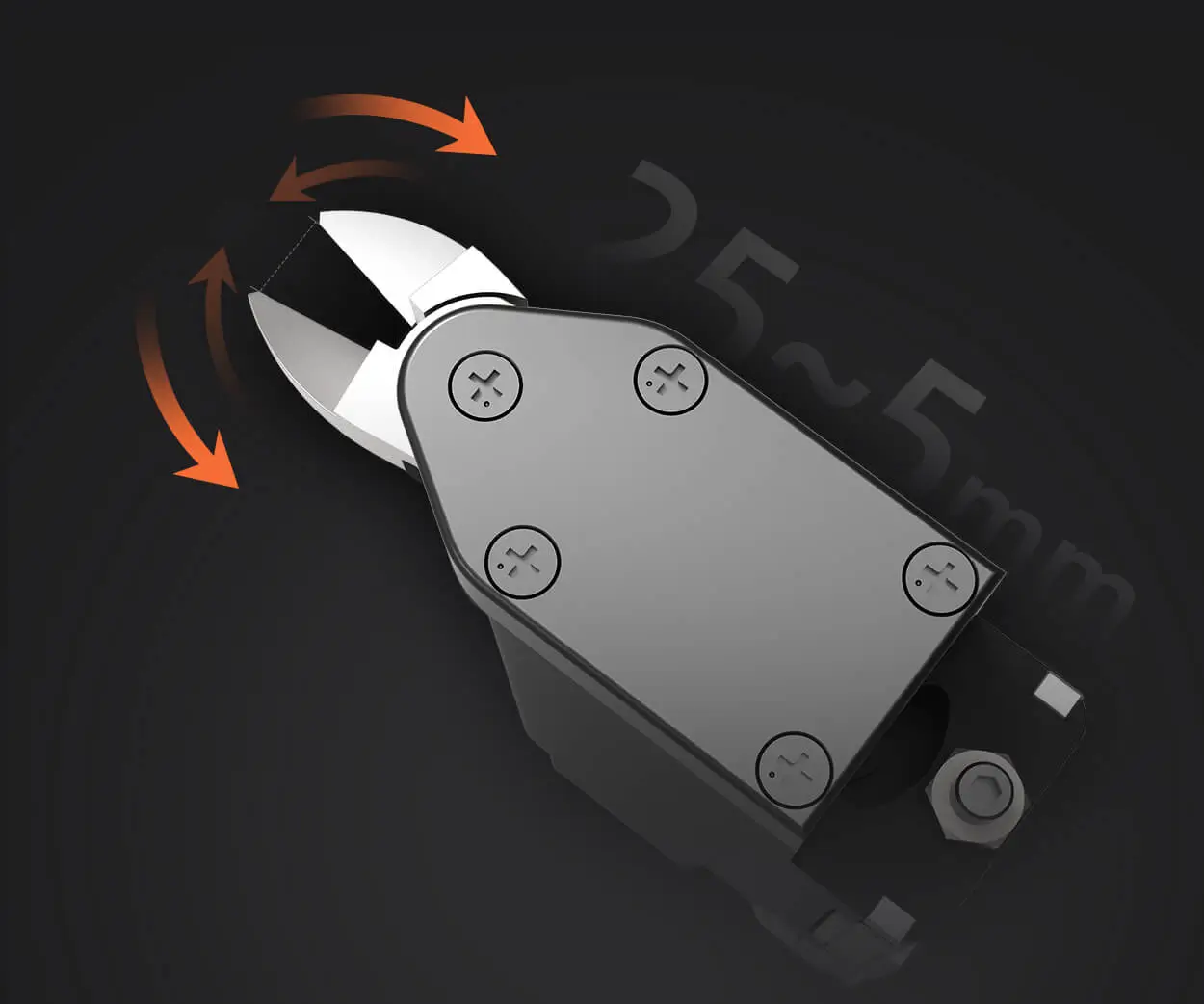Imagine this: you’re working on a robot project, maybe a hobbyist adventure or a hands-on engineering experiment. Suddenly, you're staring at a tiny micro servo, wires splayed out like a wild fringe. That's when the magic—or chaos—begins. Wiring a micro servo properly makes all the difference between smooth, precise movements and a jittery, unreliable mess. That's why understanding a clear, straightforward wiring diagram is your best friend.

Let’s talk about wiring a micro servo step-by-step. Usually, a micro servo has three wires: power, ground, and signal. The power wire, often red, is like the juice that keeps everything alive. Connecting it correctly to your power supply—typically 5V—is key. The ground wire, usually black or brown, is the common baseline, ensuring the servo and your power source are on the same page. Then there's the signal wire—often yellow, white, or orange—that carries commands from your controller to the servo. Think of it as the message carrier, telling the servo how to move.
But how do you make sure this all works seamlessly? A common question: "Can I connect the servo directly to my microcontroller?" Great question. The answer is yes, but with a little caveat. Make sure your power supply can handle the current demands of the servo—especially if you plan to run multiple servos simultaneously. Otherwise, you risk voltage dips and erratic behavior. An external power source is often a wise choice.
Now, here's where things get interesting. The wiring diagram is more than just about connections—it’s about understanding the signals. For example, the PWM (Pulse Width Modulation) signal pin controls the servo's position. Changing the pulse width makes the servo rotate to different angles. Picture it like a dance—your signal tells the servo what move to do, and a simple diagram shows you exactly where to connect each wire for that perfect performance.
People often overlook this: ground and power should share a common reference point. Otherwise, that tiny signal won't get through properly, and your servo might twitch or stay still. It’s like trying to communicate in different languages without an interpreter—nothing gets through clearly.
Now, what about troubleshooting? If your servo isn't responding, revisit your wiring diagram. Did you connect the signal wire to the correct pin? Is the power supply adequate? Sometimes, rechecking those connections with a multimeter clears up the mystery fast. It’s amazing how many issues stem from loose connections or power issues.
Thinking about expanding? Multiple servos are possible, but then you need a well-designed wiring setup to prevent noise interference. Using a breadboard to keep things tidy helps, and sometimes adding decoupling capacitors reduces voltage spikes. That's a detail that turns a quirky project into a smooth-running machine.
If you’re still curious about how different wiring diagrams look, don’t hesitate to find guides with visuals—images speak volumes here. Just remember, identifying the correct pinout and following a clean wiring diagram ensures precise performance and saves hours of debugging.
Wiring a micro servo isn’t just about the connection, it’s about creating a reliable foundation for your creative engineering. Nobody wants a jittery robot—it’s about the joy of seeing everything move as planned. Master the wiring diagram, get it right from the start, and watch your projects come alive smoothly.
The thrill of a perfectly wired servo setup? That’s what keeps us coming back for more. Dive in, experiment, and trust that once you get the hang of that wiring diagram, it becomes second nature—opening up endless possibilities for your innovations.
Established in 2005, Kpower has been dedicated to a professional compact motion unit manufacturer, headquartered in Dongguan, Guangdong Province, China. Leveraging innovations in modular drive technology, Kpower integrates high-performance motors, precision reducers, and multi-protocol control systems to provide efficient and customized smart drive system solutions. Kpower has delivered professional drive system solutions to over 500 enterprise clients globally with products covering various fields such as Smart Home Systems, Automatic Electronics, Robotics, Precision Agriculture, Drones, and Industrial Automation.




































